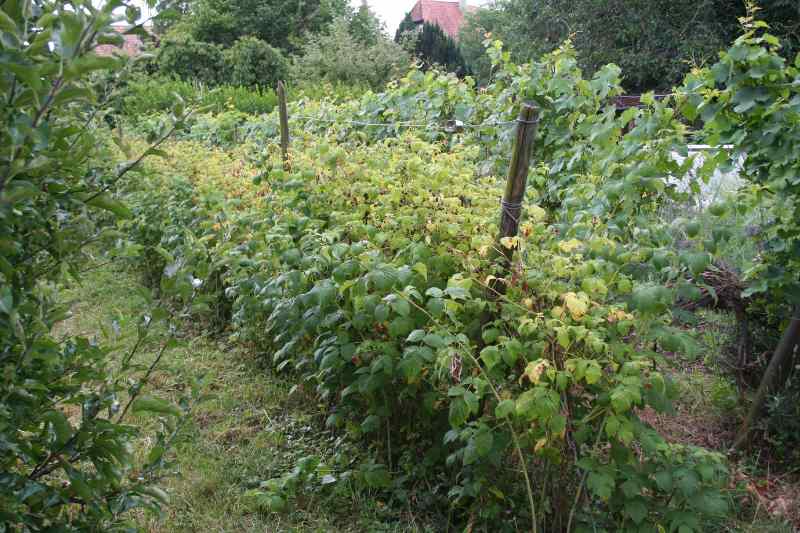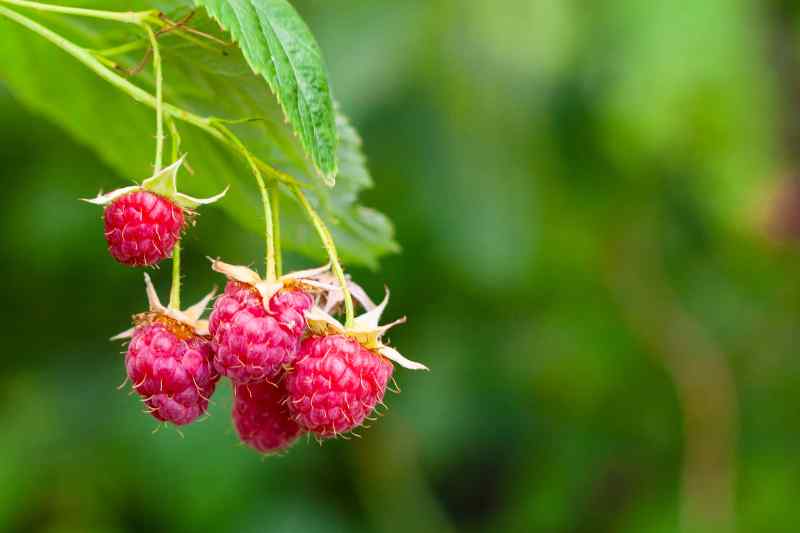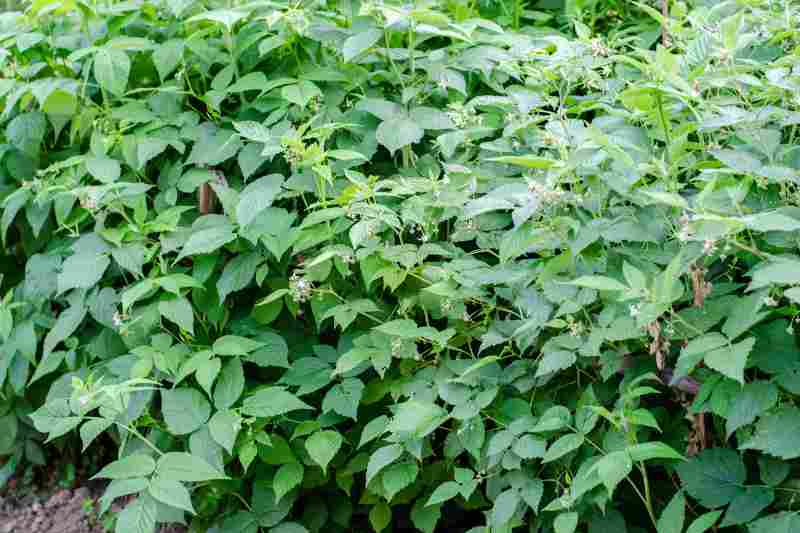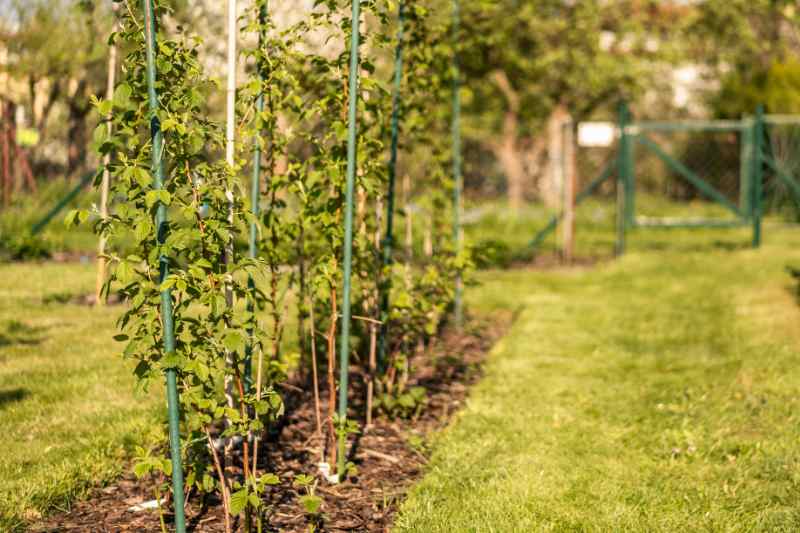Creating a hedge of raspberry plants is an excellent way to add both beauty and productivity to your garden. Not only do raspberry plants produce delicious fruit, but they can also serve as a natural and attractive dissepiment. Here is a detailed guide to planting a raspberry hedge that is both attractive and productive.

No garden without raspberry plants
Raspberry plants (Rubus idaeus) are bushes valued in gardens for their tasty fruit and relatively simple maintenance. These deciduous plants thrive in temperate regions and can produce fruit for many years with proper care. There are various types of raspberry plants, including summer-fruiting varieties and perpetual varieties, each with its own fruiting schedule and specific needs.
For example, for a robust and productive raspberry hedge, the 'Heritage' variety is ideal, as it is perpetual, shows good disease resistance and offers two harvest periods per year. The 'Frambelise' raspberry is also a safe choice.
To learn more about cultivating raspberry plants, read Raspberries: planting, pruning and care.
Oli's little note : By adding a hedge of raspberry plants to your garden, you create an attractive habitat for bees and other pollinators, essential for pollination of plants. This plant diversity also increases local biodiversity, providing shelter and food for various animal species.

Ideal time to plant raspberry plants
The best time to plant raspberry plants is in early spring or in autumn (especially for bare roots). These periods allow plants to establish in cooler temperatures, which is essential for growth and survival. Planting during these seasons helps bushes recover from transplant stress before extreme summer or winter temperatures.
Where to site a raspberry hedge?
Choosing the right location is crucial for success of your raspberry hedge. Raspberry plants need full sun for maximum fruit production, so select a site that receives at least six hours of sun a day. Avoid areas exposed to strong winds that can damage canes and compromise plant stability. Soil should be well drained, rich in organic matter and have a pH between 5.5 and 6.5. Ensuring good air circulation is also important to prevent fungal diseases.

Equipment needed
- a good beak spade for digging trenches.
- Well-rotted manure or compost to enrich soil.
- Watering can or garden hose for initial and ongoing watering.
- Posts and wire to stabilise growing canes.
- Mulch (such as straw, wood chips or miscanthus) for soil health.
- Garden gloves to protect hands while planting.
Planting steps
- Site preparation : before planting, clear area of weeds and debris. It is beneficial to enrich soil by incorporating well-rotted manure or compost a few weeks before planting. This preparation will improve soil fertility and drainage.
- Spacing and layout : plan layout of your hedge, ensuring about 45 cm between plants in a row and about 1.8 m between rows. This spacing allows optimal growth and makes access for maintenance and harvest easier.
- Planting the canes : dig a trench about 15 cm deep where hedge will be planted. Place raspberry canes in trench, gently spreading roots. Cover roots with soil and firm lightly to remove air pockets. Ensure collar of plant (where roots meet stem) is level with soil surface.
- Watering : after planting, water canes thoroughly to settle soil around roots. Continue to keep soil moist, but not waterlogged, during growing season.
- Support system : install a support system at planting time. A simple posts-and-wire system will suffice. Fix posts at each end of the row and stretch wires between them at different heights (60 cm, 90 cm and 120 cm from ground). This system will support canes as they grow and help keep hedge tidy.
- Mulching : apply a layer of mulch around base of plants. This practice helps retain soil moisture, suppress weeds and regulate soil temperature.

































Comments